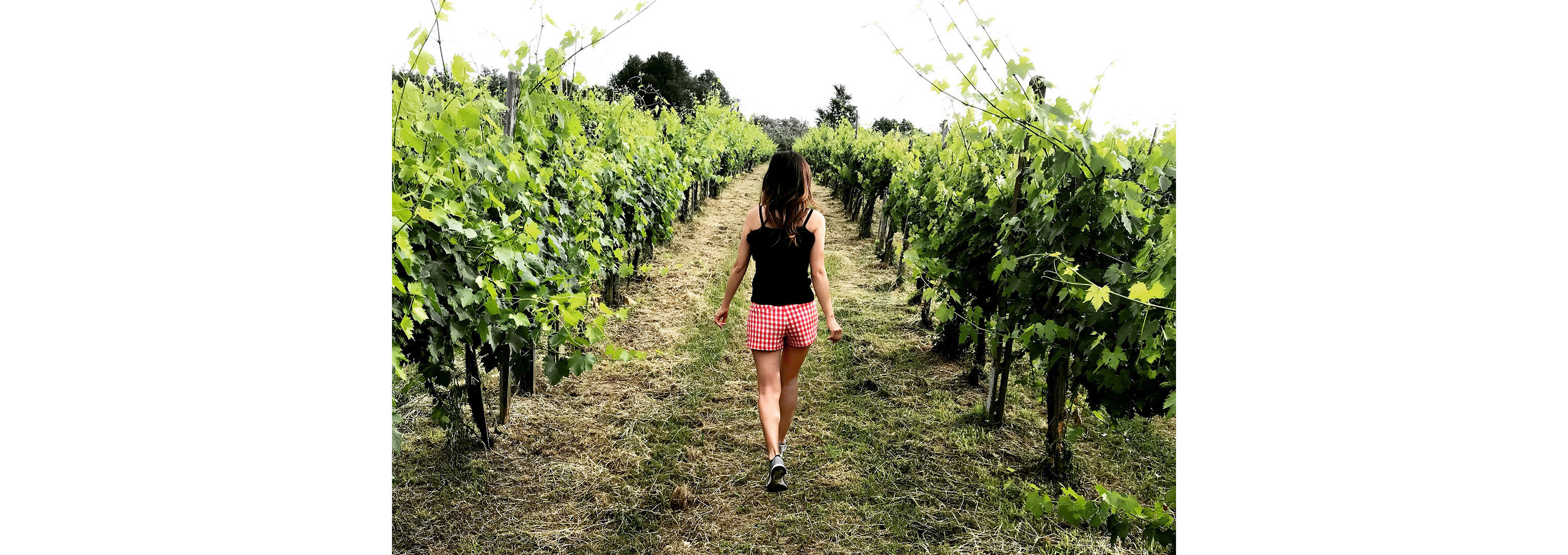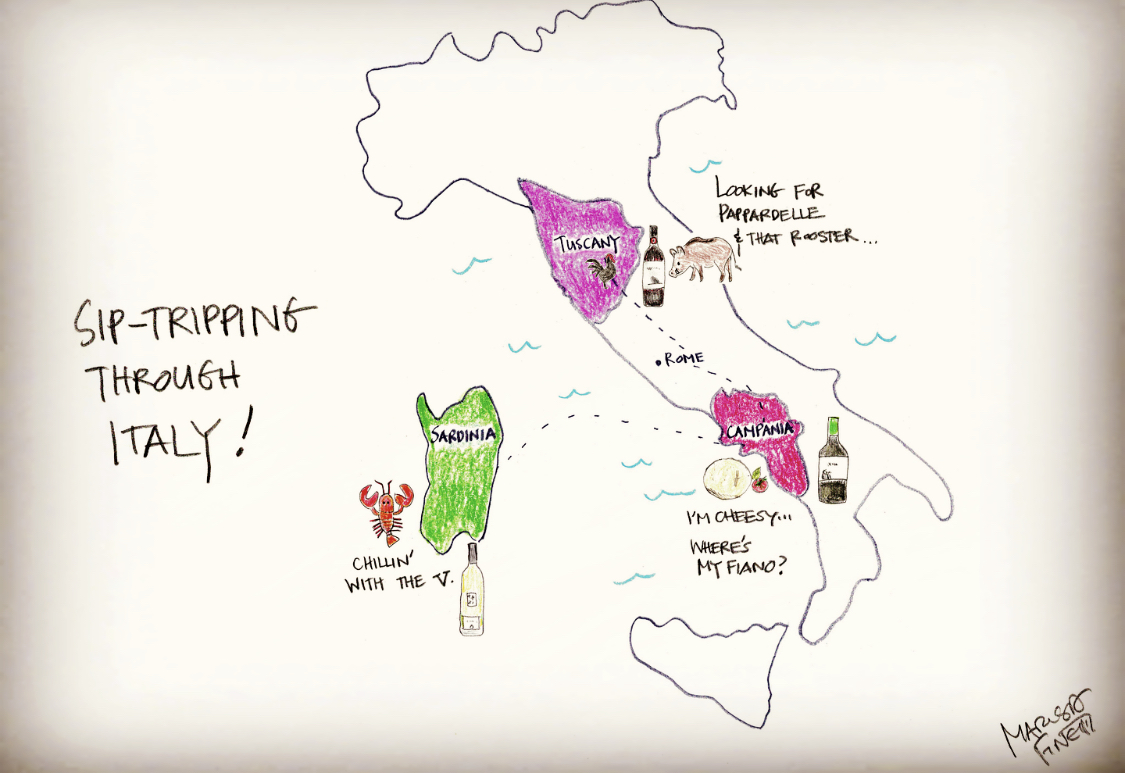Situated in the Mediterranean Sea about 115 miles off mainland Italy, Sardinia is rich with charming beauty and eccentricities. It’s the place of sugar-fine sandy beaches, near-Alpine forests, scenic roads, and breathtaking hikes that bring you deeper into the lush and silent interior. Sardinia is also like a pebble polished by waves of history and tradition. Scattered with thousands of nuraghi, Bronze Age settlements, these prehistory remnants are waiting to be solved like the most intricate game of Clue.
VERMENTINO
A culinary one-off with distinct takes on bread, pasta, and cheeses, including the peculiar and maggoty casu marzu, Sardinia’s darling wine is Vermentino. Indeed, Vermentino is enjoying a period of popularity and has become relatively easy to find, and the world is certainly better because of it. Its herbaceous freshness makes it a natural partner to all manner of seafood dishes. And while it is wonderful with dishes as diverse as grilled octopus to fried calamari to sushi if it’s the preeminent pairing you’re going for, look no further than the classic Catalan-style lobster salad typical of the town of Alghero. Owing its roots to the Catalonia region of Spain and historical Catalonian colonization of northwestern Sardinia, it’s a simple yet profound dish of boiled lobster, chilled and de-shelled, and mixed simply with fresh tomatoes, red onion, and a little olive oil that begs to be completed by Vermentino’s vibrant acidity.
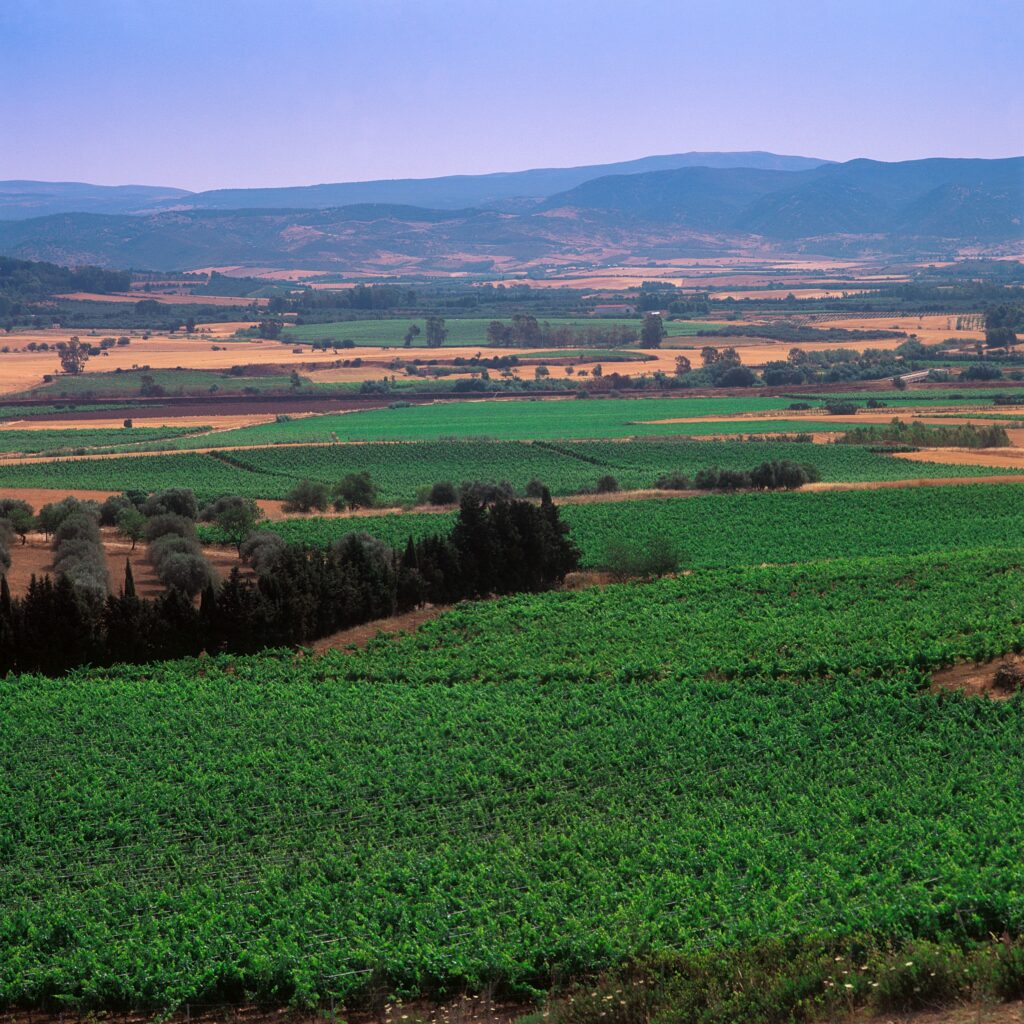
The Vermentino grape grows well in warm temperatures with the ability to retain the acidity that lends to the wine’s brightness, such as Pala’s Stellato Vermentino di Sardegna DOC 2019. Located in the southeastern corner of the island, Pala has been around since 1950. The grapes are harvested from 60-year-old vines from a single vineyard called Is Crabis. The name in the Sardinian language indicates that there was probably a shelter or a village at this location, as evidenced by the ancient tools found on the hill’s summit, which is composed of exposing layers of limestone.
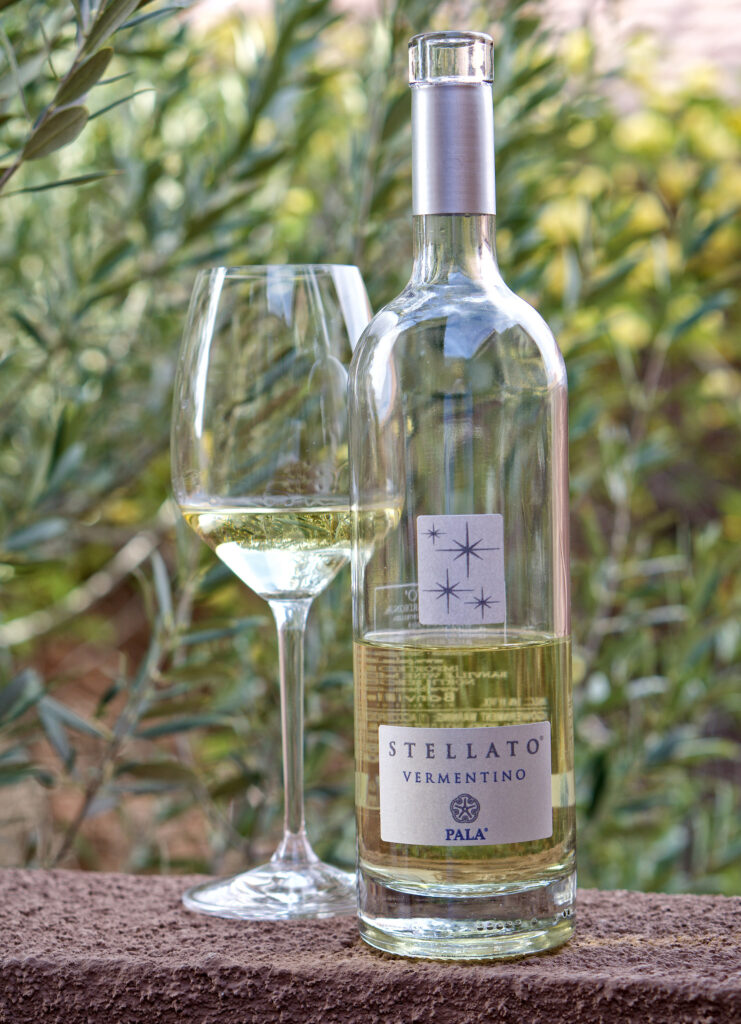
When tasting this wine, you can feel the expression of Sardinia – the salinity of the sea and the minerality from the limestone in the soil. The island is lush with rosemary, thyme, and other wild herbs that grow wild right alongside the vines. This perhaps gives this wine its herbal spiciness. A pleasant nose-to-palate harmony, the wine is fresh, full of depth and perky acidity, balanced, and finishes with Vermentino’s classic bitter note.
FIANO
On the mainland, Campania is undoubtedly better known for Naples, the beauty of the Amalfi Coast, and the cerulean blue waters of Capri than it is for wine. But like other regions of Italy, winemakers focus on their native varieties. The combination of the Campania’s indigenous grapes, the unique terroir, precise harvesting and cellar techniques, have led to some of the brightest whites in Italy, such as Fiano.
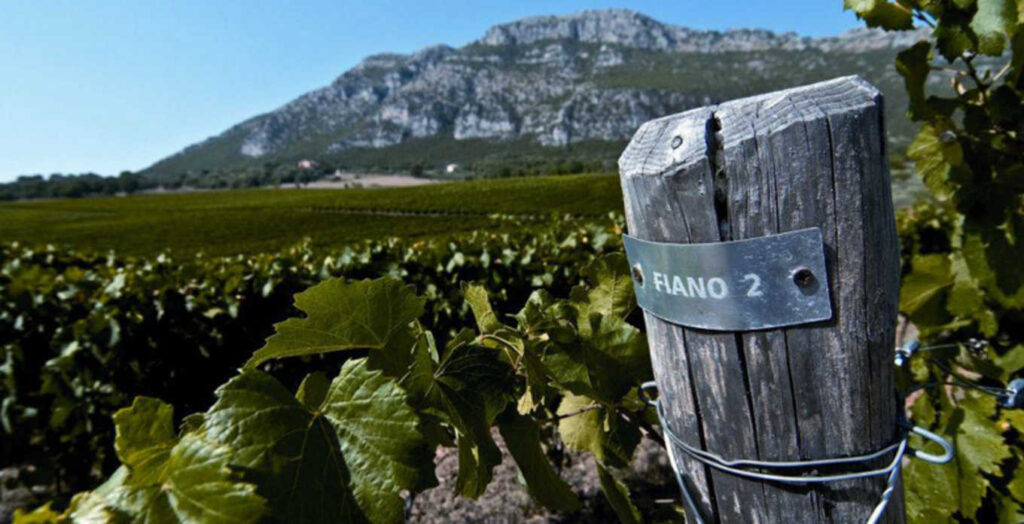
Within Campania’s Province of Salerno is the Cilento National Park, where oak, maple, ash, and chestnut forests become more dense and where beech trees rise above the mountains. This untamed wilderness is surrounded by the Tyrrhenian Sea, and sitting amongst the woods, olive trees, and volcanic rock is where San Salvatore produces Fiano, the most renowned varietal of Campania. This mountainous region has a high level of biodiversity, and the soil is rich in minerals. The influence of the nearby sea and sun exposure help to create an ideal microclimate for grape-growing. San Salvatore Pian di Stio IGP Paestum Fiano 2019 is a faithful representation of the local white grape, but even more so of Pian de Stio, named for the plateau in one of their vineyards. Located 550 meters above sea level, these vines enjoy all the benefits of a large day-to-night temperature change, which facilitates the development of Fiano’s acidity and crispness.
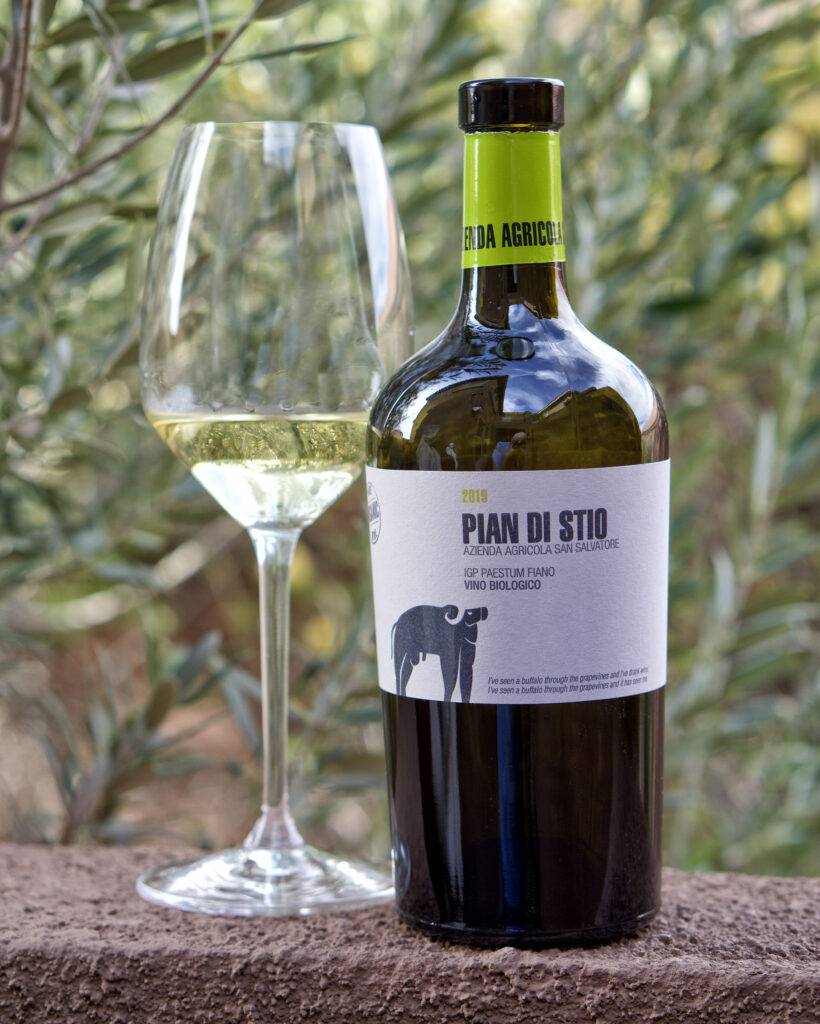
Bitter orange drives the citrusy sensations of this wine with an underlying note of tropical fruits, and it pairs perfectly with one of the Paestum region’s even more globally famous PDO products and star of the ubiquitous Insalata Caprese: Mozzarella di Bufala Campana. Rich, creamy, and wonderfully pliable this cheese provides a glorious blank canvas to showcase the flavors of Fiano. Named after the island of Capri just off the coast of Campania and designed to represent the colors of the Italian flag, with Insalata Caprese we are reminded of a fundamental truth of the Italian approach to cuisine: perfect things are best prepared relatively unadorned.
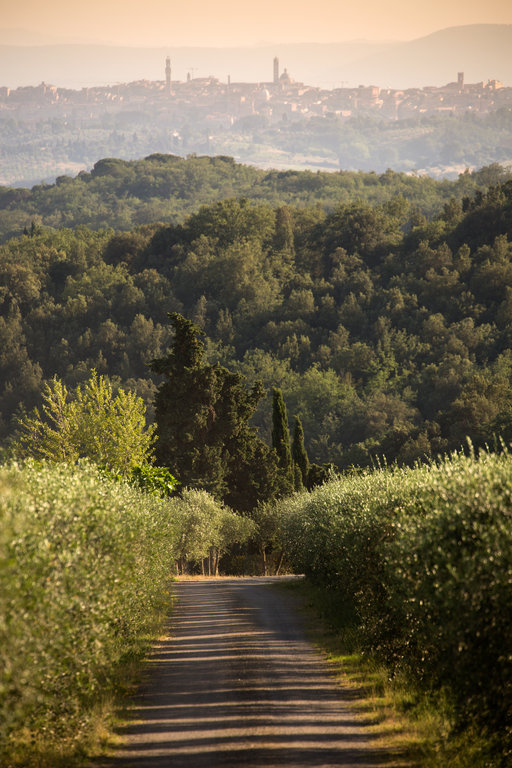
CHIANTI CLASSICO
Travel north of Rome into Tuscany to find another area of Italy’s inspiring beauty. It’s no wonder artists and poets have been captivated by the picturesque setting and the softness of the daylight. Tuscany is the birthplace of some of Italy’s important red wines made of the Sangiovese grape. At its best, Chianti Classico can develop into delicious, structured, and elegant wines where flavors can be supple and explosive at the same time.
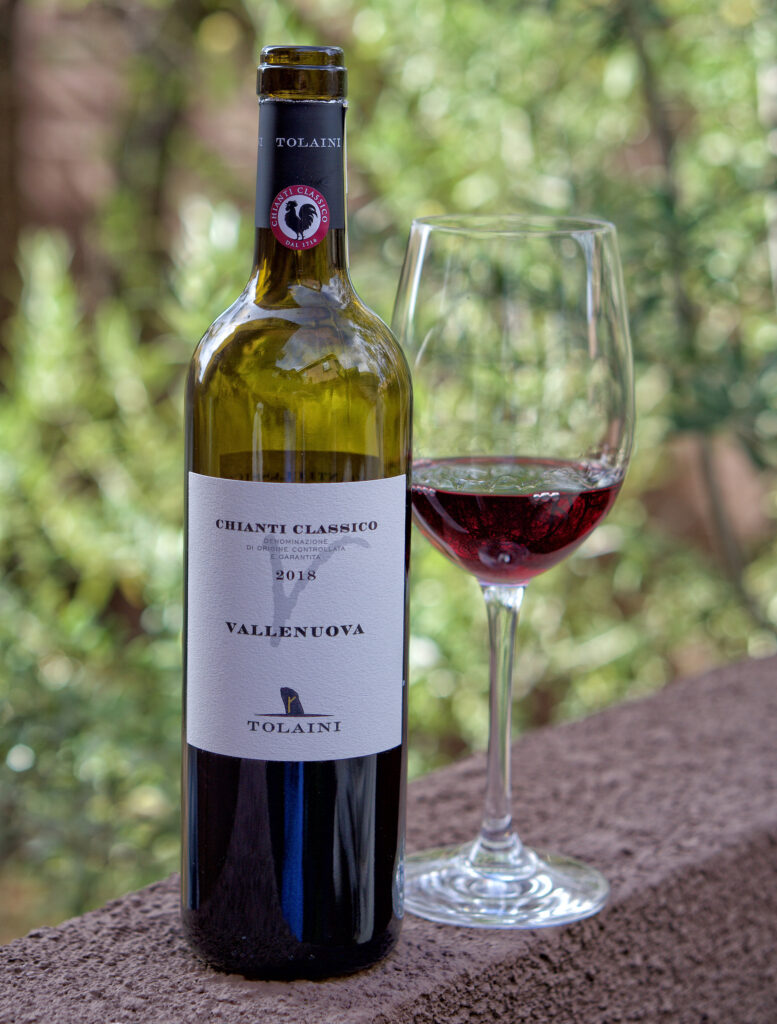
Tolaini Vallenuova Chianti Classico DOCG 2018 is made from a strict selection of estate-grown Sangiovese. The estate’s vineyards are composed of galestro – rocky, schistous clay soil commonly found in most of Tuscany’s best vineyards and porous tufa, a limestone concretion that forms when water drips through gaps in the limestone. The growing sites create conditions for long-term vine growth. The grapes are harvested by hand, and the wine matures for 10 months in oak casks, followed by four months in the bottle. The ruby-red wine is juicy and bright with notes of sour cherries, cedar, citrus rind, earth, and spice. And nearby is the perfect culinary companion.
While any tourist to Italy will immediately associate the Chianti region with the city of Florence, it is worth remembering that outside of that fabled city are swaths of untamed forest and rolling hills that remain undeveloped. And amongst the cypress and shrubs roam a wild culinary delight: cinghiale, or wild boar. The meat of this feral cousin to the domesticated pig reaches its pinnacle in ragú di cinghiale, a slow-and-low preparation that is equally delicious served on pappardelle, pici, or by itself. A primeval ingredient tamed by the hand of man, much like the wines of Chianti itself.
Thank you to Gambero Rosso, Banville Wine Merchants, and McCue Communications for providing wine samples for review.
Illustration: Marisa Finetti
Visit @MarisasWineDoodles on Instagram
